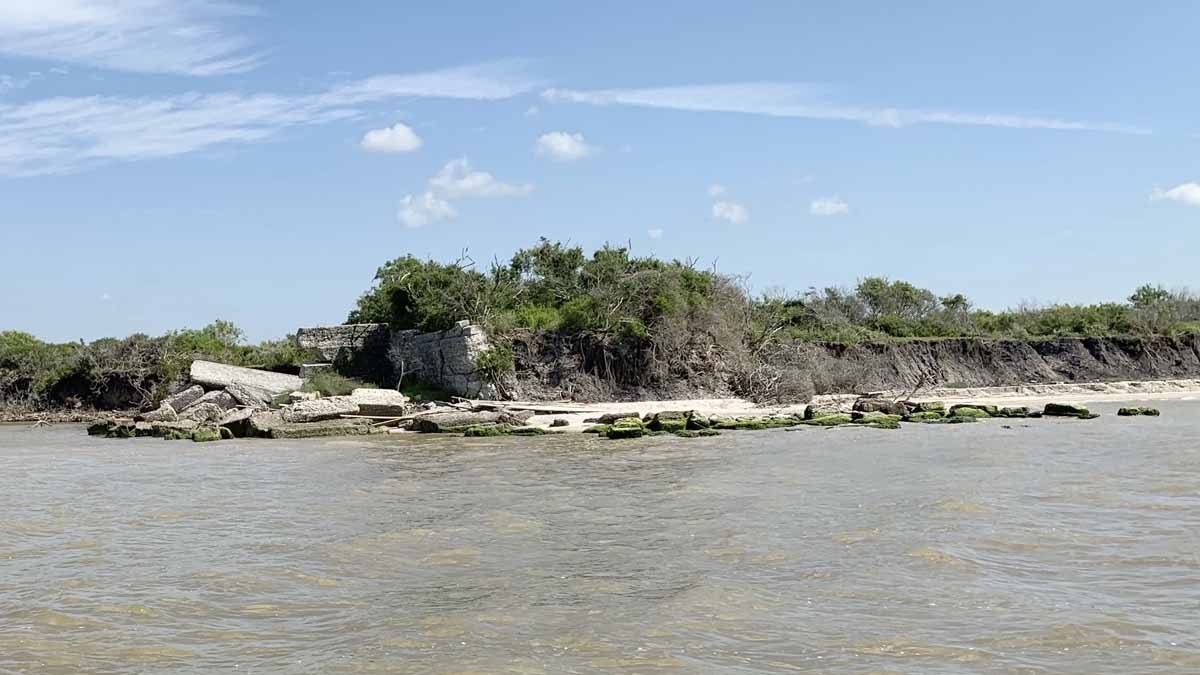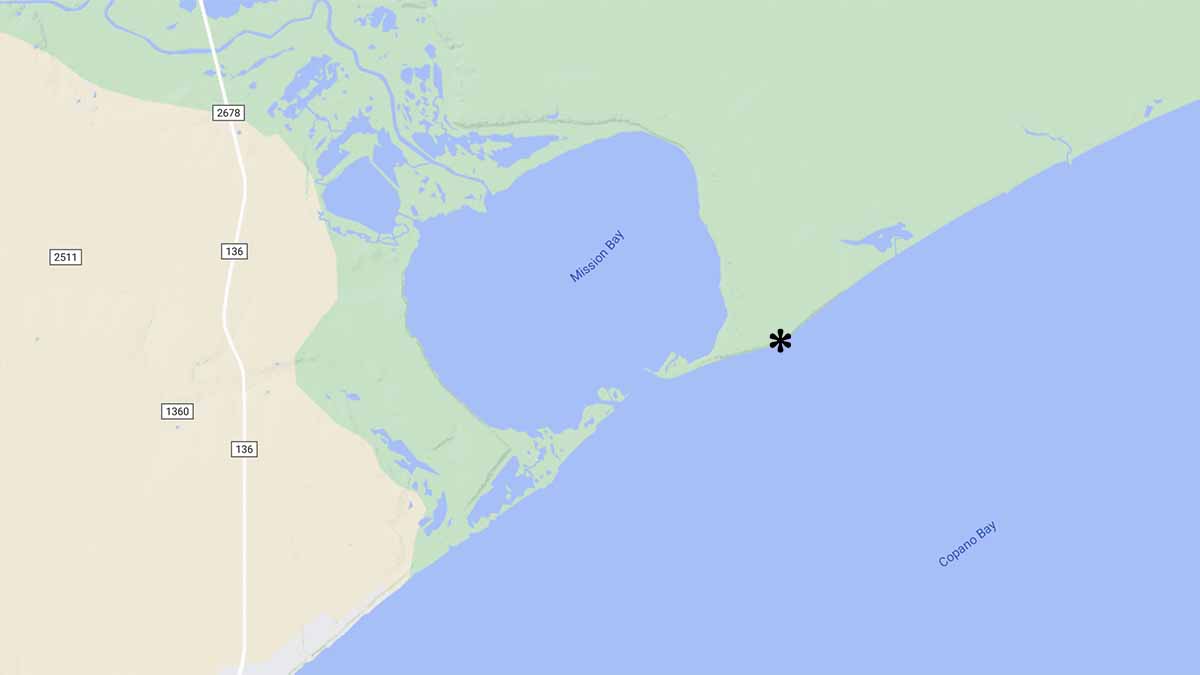
Our Field Trip to Copano Bay
On September 20, 1835, Brigadier General Martín Perfecto de Cos made landfall at Copano Bay with five hundred Mexican soldiers. His mission was to snuff out the nascent rebellion in Texas. Yet, his very presence made conflict a virtual certainty and set in motion a chain of events that kindled the Texas Revolution.
I have walked all the Texas Revolutionary battlefields, but had never been able to visit to spot where Cos landed on Copano Bay. It is almost impossible to reach from the landward side as it is now private property supporting an active cattle ranch. There are some places (many actually) that even a celebrity historian can’t access.
Yet, where there’s a will, there’s a way. When Bill and Kathleen Winsor invited Deb and me to spent a few days at their vacation home on Copano Bay, we jumped at the chance. I was all the more excited, as we were joined by my intrepid web mistress, Sylvia Caldwell Rankin, who consented to leave Georgia to revisit some of the South Texas haunts of her youth.
Copano Bay featured prominently in the early history of Texas. Spaniard Diego Ortiz Parrilla explored it in 1766. He named the bay Santo Domingo but, when the port came into use in 1785, it assumed the title of the Copano Indians who inhabited the region.
By the 1830s, the port linked the Gulf coast with Goliad, San Antonio and points inland. Trade goods, mostly cow hides from local ranches, flowed out while pottery, china, weapons, and a wide assortment of items from far-flung Spanish colonies flowed in. Two long wharfs stretched out into the bay, enabling ocean-going vessels to tie up and unload their cargo. Warehouses and a customs house sprang up to process the goods coming off the merchant ships. The town of Copano also evolved to assist the activities of the port.

Since the site is all but inaccessible by land, Bill offered to take Sylvia and me across the bay from his beach house. On June 18, 2021, three plucky seafarers boarded his motor boat and took to the waves in search of adventure and edification.
We found both. Although residents abandoned the port long ago, one can still detect the ruins of the old customs house from the water. See the accompanying photograph.
I’d like to extend heartfelt thanks to Bill and Kathleen Winsor
for their friendship, hospitality, and the boat ride of a lifetime.
